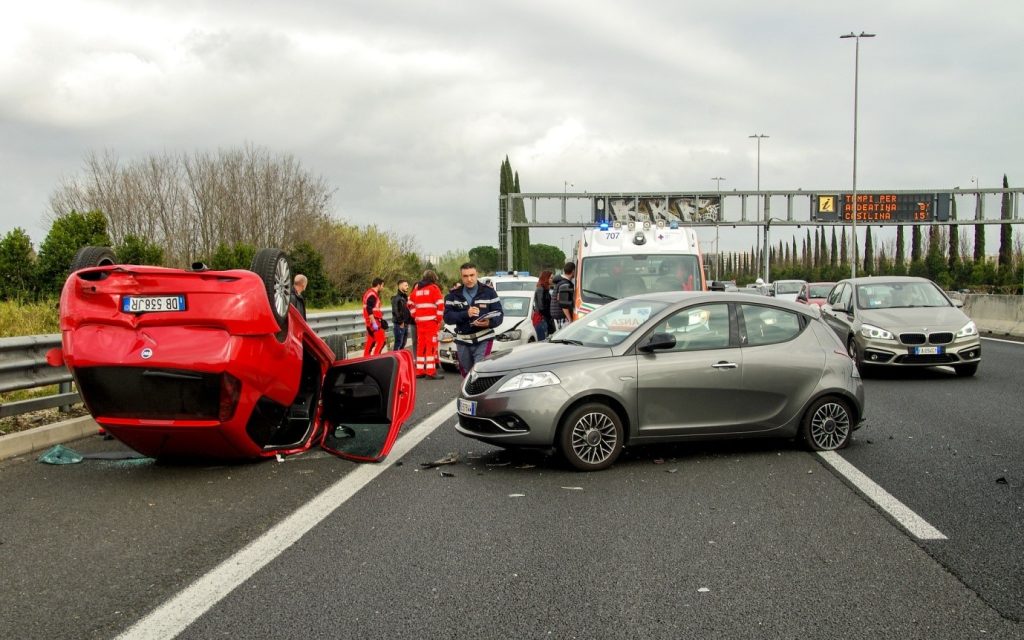

**How to Avoid the Most Hazardous Types of Car Accidents**
Car accidents rank among the primary causes of injury and mortality globally. While some incidents are minor, others can be devastating, leading to serious injuries or even death. Grasping the most perilous types of car accidents—and the steps to avert them—can greatly lessen your chance of encountering danger on the road. This article delves into the most perilous forms of car collisions and provides actionable advice to steer clear of them.
—
### 1. Head-On Crashes
**Why They’re Risky:**
Head-on crashes take place when two vehicles traveling in opposite directions collide front-to-front. These accidents are frequently lethal due to the combined speed and force at the moment of impact.
**Preventive Measures:**
– **Remain in Your Lane:** Consistently stay within your lane, particularly on two-lane roads or during times of restricted visibility.
– **Eliminate Distractions:** Focus on the road and avoid texting, eating, or making adjustments while driving.
– **Practice Defensive Driving:** Be vigilant of erratic drivers who might drift into your lane.
– **Utilize Headlights Appropriately:** Employ headlights in conditions of low visibility to ensure you’re visible to oncoming vehicles.
—
### 2. T-Bone (Side-Impact) Crashes
**Why They’re Risky:**
T-bone collisions usually occur at intersections when one vehicle strikes the side of another. The sides of cars provide less protection than front or rear, leading to a heightened risk of injury.
**Preventive Measures:**
– **Follow Traffic Signals:** Always halt at red lights and stop signs, and yield when necessary.
– **Check Both Directions:** Even when you have the right of way, look out for red-light runners before entering an intersection.
– **Avoid Speeding Through Intersections:** Drive cautiously and be ready to stop if required.
– **Consider Side Airbags:** If possible, opt for a vehicle equipped with side-impact airbags.
—
### 3. Rear-End Crashes
**Why They’re Risky:**
Although often less deadly than head-on or side-impact collisions, rear-end crashes can inflict serious injuries such as whiplash and spinal damage. They also commonly occur in congested traffic.
**Preventive Measures:**
– **Keep a Safe Following Distance:** Implement the “three-second rule” to maintain a safe gap from the vehicle in front.
– **Avoid Abrupt Stops:** Gradually brake if possible to allow the drivers behind you time to respond.
– **Stay Attentive:** Be observant of brake lights and forecast traffic flow.
– **Ensure Brake Lights Work:** Confirm that your brake lights are consistently operational.
—
### 4. Rollover Incidents
**Why They’re Risky:**
Rollovers can often be fatal, particularly in SUVs and trucks that have a higher center of gravity. These incidents may occur due to sharp turns, excessive speeds, or collisions.
**Preventive Measures:**
– **Steer Clear of Speeding:** High speeds can raise the chances of losing control.
– **Take Turns with Caution:** Slow down when making curves or turns.
– **Avoid Overcorrection:** If you drift off the road, decelerate gently before redirecting back onto the roadway.
– **Drive Vehicles Equipped with Electronic Stability Control (ESC):** ESC can help avert rollovers by detecting and mitigating loss of traction.
—
### 5. Multi-Vehicle Crashes
**Why They’re Risky:**
Multi-vehicle crashes involve several cars and frequently occur on highways during bad weather or in low visibility. They can be fatal due to the sheer number of vehicles involved and the challenges in escaping the aftermath.
**Preventive Measures:**
– **Extend Following Distance in Poor Weather:** Allow yourself more time to respond in rain, fog, or snow.
– **Use Hazard Lights When Needed:** Warn other drivers if you are moving slowly or have come to a stop on the road.
– **Remain in Your Vehicle if Safe:** If you’re engaged in a pileup, stay inside your car with your seatbelt secured unless it’s unsafe to do so.
– **Avoid Abrupt Lane Changes:** Signal well in advance and check your blind spots thoroughly.
—
### General Safety Guidelines for All Drivers
– **Buckle Up:** This is the most effective measure to minimize injury in an accident.
– **Refrain from Driving Under the Influence:** Alcohol and drugs alter judgment and slow reaction times.
– **Stay Attentive:** Remove distractions such as mobile phones, food, or adjusting the radio.
– **Perform Regular Vehicle Maintenance:** Ensure that brakes, tires, lights, and steering systems are in optimal condition.
– **Adjust for Conditions:** Reduce speed and exercise caution in inclement weather or busy traffic.
—
### Conclusion
A significant number of the most hazardous car accidents are avoidable through careful, defensive driving and diligent vehicle upkeep. By comprehending the threats and taking proactive measures, you can safeguard yourself, your passengers, and other road users. Remember, safety begins with you—each choice you make behind the wheel can lead to life-saving outcomes.






